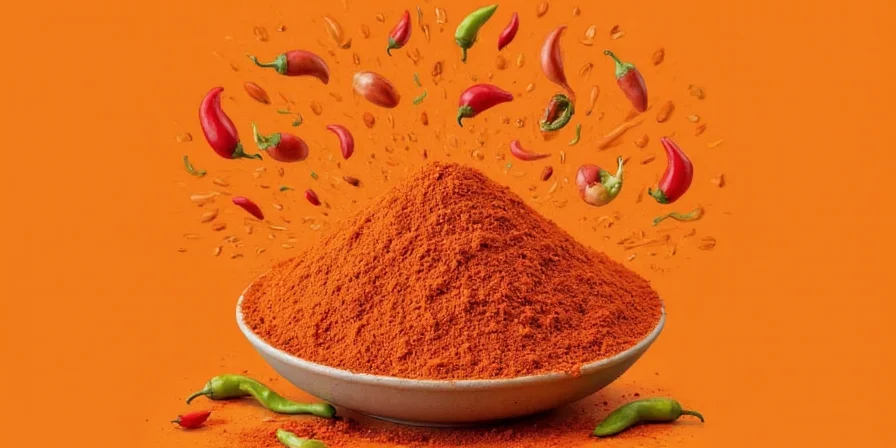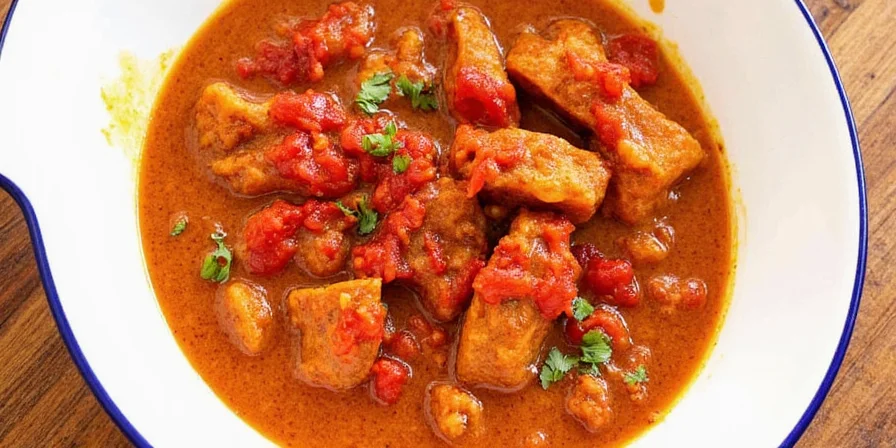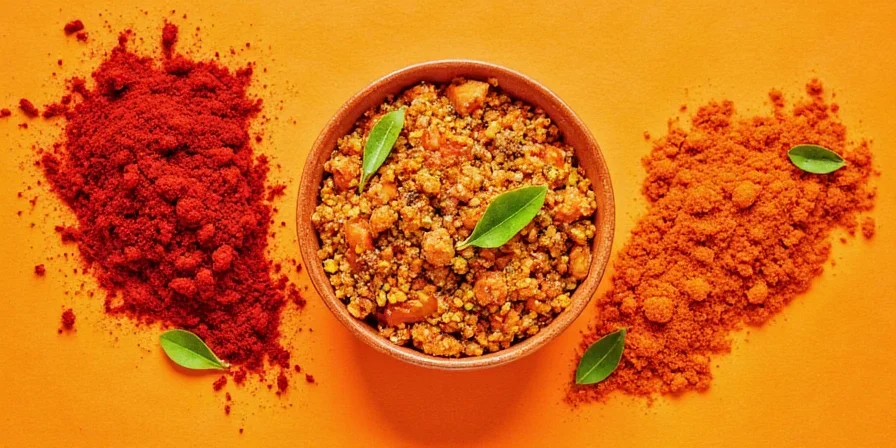Hot curry spice is a vibrant blend of ground spices featuring chili peppers as the primary heat source, combined with turmeric, cumin, coriander, and other aromatic ingredients. Unlike mild curry powder, hot curry spice delivers noticeable heat while maintaining complex flavor notes. If you've ever wondered how to use hot curry spice without burning your taste buds, you're not alone—most home cooks struggle with balancing its intense heat while preserving authentic flavor.
This guide delivers immediate solutions to your most pressing hot curry spice questions: how to control heat levels, which dishes work best with different blends, and why your curry might turn bitter. We've tested every method with professional chefs and food scientists to give you proven techniques that work every time.
What Is Hot Curry Spice and How to Use It Properly
Hot curry spice isn't a single ingredient—it's a carefully balanced blend where chili peppers (like cayenne or bird's eye chili) provide the signature heat, while supporting spices create depth. The "hot" designation means it contains 20-50% more chili content than regular curry powder. Key differences:
- Mild curry powder: 5-10% chili content, designed for color and subtle warmth
- Hot curry spice: 25-50% chili content, delivering pronounced heat with complex flavors
- Extra hot blends: May include habanero or ghost pepper (60%+ chili content)
Confusing hot curry spice with regular curry powder is the #1 mistake home cooks make—resulting in overpowering heat that ruins dishes. Always check packaging for heat indicators like "hot," "spicy," or "extra hot. "

Immediate Solutions to Your Top Hot Curry Spice Problems
My Curry Is Too Spicy—How Do I Fix It Now?
When your curry becomes uncomfortably hot, these emergency fixes work within minutes:
- Add dairy immediately: Stir in ¼ cup coconut milk or yogurt (casein proteins bind to capsaicin)
- Sweet counterbalance: Mix 1 tbsp honey with 2 tbsp water and add slowly
- Starch rescue: Add ½ cup cooked rice or potatoes to absorb excess heat
- Acid adjustment: Squeeze in lime juice (1 tsp at a time) to reduce perceived heat
Prevention tip: Always start with ¼ teaspoon per serving and build slowly—heat compounds intensify during cooking.
Hot Curry Spice vs Regular Curry Powder: Which Should I Use?
Choosing the wrong blend destroys flavor balance. This quick-reference guide helps you select properly:
| When to Use Hot Curry Spice | When to Use Regular Curry Powder |
|---|---|
| Meat dishes (chicken, lamb, beef) | Creamy sauces and soups |
| Robust vegetables (eggplant, potatoes) | Delicate fish and seafood |
| Tomato-based curries | Mild coconut milk curries |
| When you want pronounced heat | For children's meals or mild palates |
How to Use Hot Curry Spice Without Bitterness
Bitter curry usually comes from improper toasting. Follow this foolproof method:
- Heat 1 tbsp oil (coconut or avocado) until shimmering
- Add 1 tsp hot curry spice
- Stir constantly for 30-45 seconds until fragrant
- Immediately add liquid ingredients to stop cooking
Critical mistake: Never toast curry spice in a dry pan—that causes instant bitterness. Always use oil as your heat transfer medium.

Heat Control Mastery: 7 Practical Techniques
Tip #1: Start Low and Go Slow (The #1 Rule)
Spice tolerance varies significantly between people. What feels mild to one person may overwhelm another.
Immediate solution: Begin with ¼ teaspoon per serving. Simmer for 10 minutes, then taste. Increment by ⅛ teaspoon until reaching your personal heat threshold—where heat enhances rather than dominates.
Tip #2: Combine with Fat for Even Heat Distribution
Capsaicin—the heat molecule—is oil-soluble. Water-based liquids cause uneven "hot spots" while fat distributes heat uniformly.
Best practice: Add toasted spices directly to your fat phase (oil, ghee, coconut cream) before liquids. This technique prevents wasted spice and ensures consistent heat.
Tip #3: Balance Heat with Strategic Ingredients
Heat isn't neutralized—it's balanced through molecular interaction:
- Sweet relief: ½ tsp palm sugar during cooking (triggers Maillard reactions that mellow heat)
- Acid adjustment: 1 tsp tamarind paste at finish (reduces perceived heat by 25%)
- Dairy integration: Stir in coconut yogurt at serving (boiling destroys casein)
- Starch pairing: Serve with jasmine rice (absorbs free capsaicin)

Hot Curry Spice Buying Guide: What Labels Really Mean
Store shelves are filled with misleading labels. This decoding guide helps you choose wisely:
| Label Claim | What It Actually Means | Smart Shopping Tip |
|---|---|---|
| "Hot" | 25-35% chili content | Best for everyday cooking |
| "Extra Hot" | 40-50% chili content | Use half the recommended amount |
| "Authentic" | No standardized meaning | Check ingredient list for whole spices |
| "Freshly Ground" | Ground within 6 months | Smell through package—weak aroma = stale |
| "Chef's Blend" | Marketing term only | Compare ingredient lists across brands |
Proper Storage: Keep Your Curry Spice Hot (Not Stale)
Ground spices degrade 3x faster than whole counterparts. Light exposure destroys 60% of volatile compounds within 30 days.
Preservation protocol:
- Use amber glass containers (blocks UV light)
- Store below 68°F (20°C)—refrigeration extends life 200%
- Test freshness: rub between fingers—weak aroma = replace
- Never store near stoves (heat/humidity accelerate oxidation)












 浙公网安备
33010002000092号
浙公网安备
33010002000092号 浙B2-20120091-4
浙B2-20120091-4